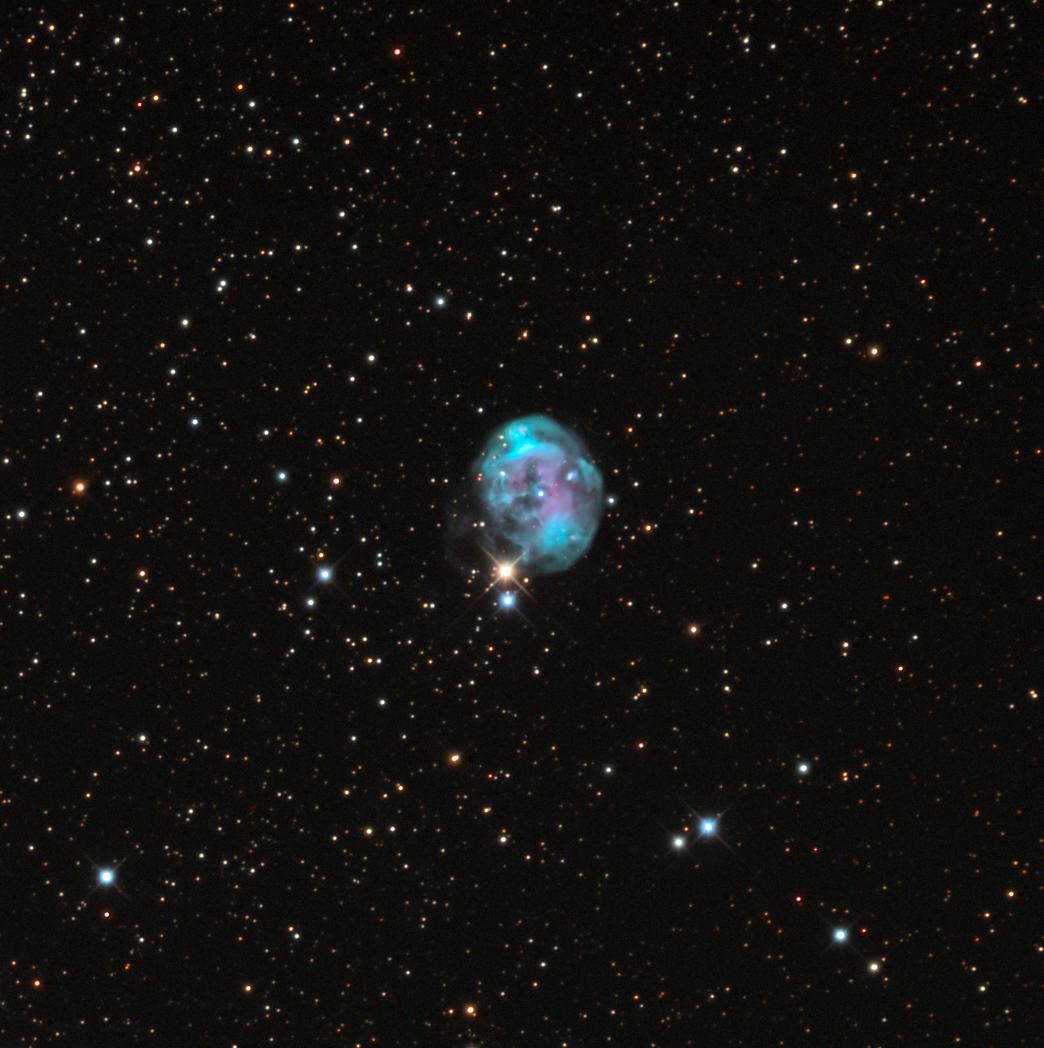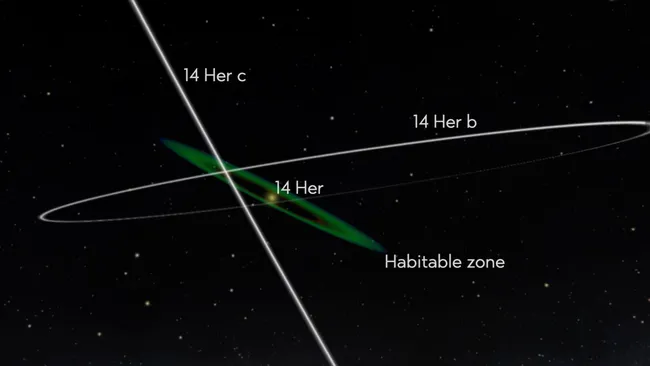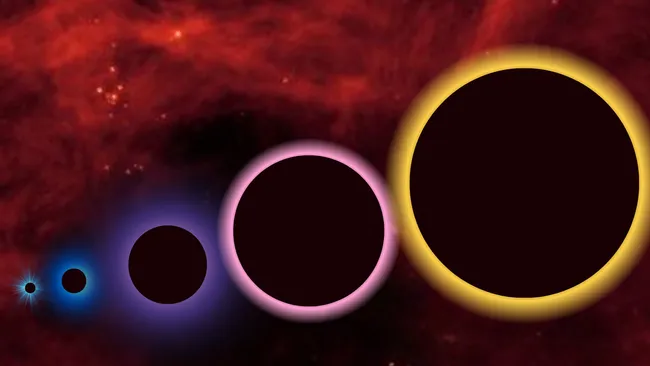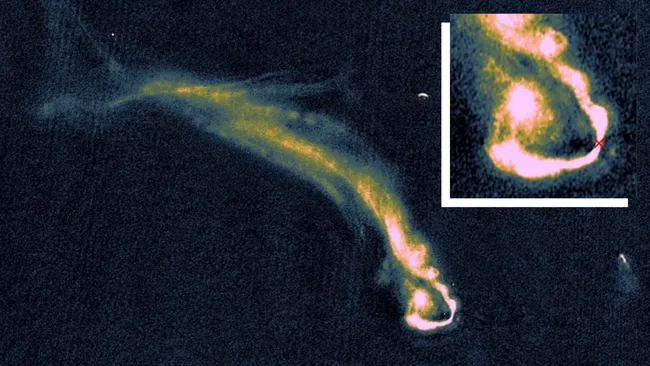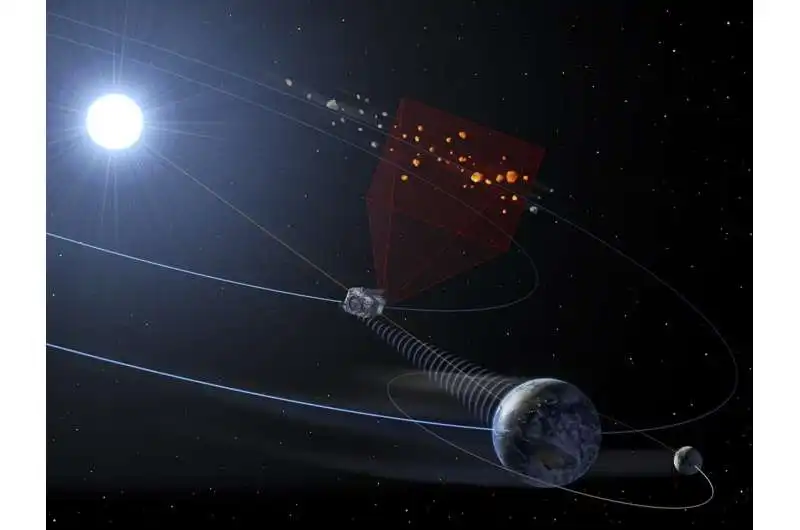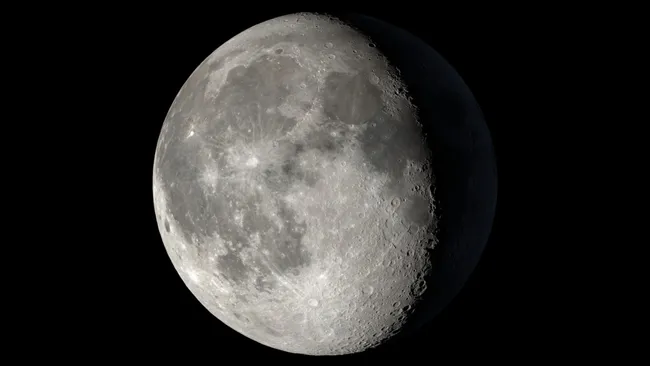The night sky is a treasure trove of planetary nebulae—compact, bright remnants of dying stars that make for excellent viewing through backyard telescopes. Thanks to their relatively small size and high surface brightness, these celestial objects remain visible even under less-than-ideal conditions. Among the richest constellations for planetary nebulae is Cygnus, which lies directly along the dense star fields of the summer Milky Way.
One of the more prominent planetary nebulae in Cygnus is NGC 7008, sometimes referred to as the Fetus Nebula due to its peculiar, organic shape. It was discovered by the famed astronomer William Herschel in 1787, using his large telescope in Slough, England.
NGC 7008 shines at magnitude 12.0 and spans 1.4 by 1.1 arcminutes, making it reasonably bright and quite large for a planetary nebula. Physically, it’s around 1 light-year in diameter, which is typical for nebulae of this kind—roughly the size of our own solar system.
This nebula makes a fantastic challenge for beginner observers. It holds up well under higher magnification and can even be spotted when the Moon is up, thanks to its high surface brightness. The central star, the white dwarf that remains after the original star shed its outer layers, glows at around magnitude 13.2.
If you examine the surrounding region—either through deep sky imaging or by consulting a star atlas—you’ll notice NGC 7008 sits between two dark nebulae: Barnard 357 and LDN 1029, adding even more visual and scientific interest to this region of the sky.
Whether you’re an experienced stargazer or just beginning to explore deep-sky objects, NGC 7008 offers a rewarding target, both beautiful and historically significant.

